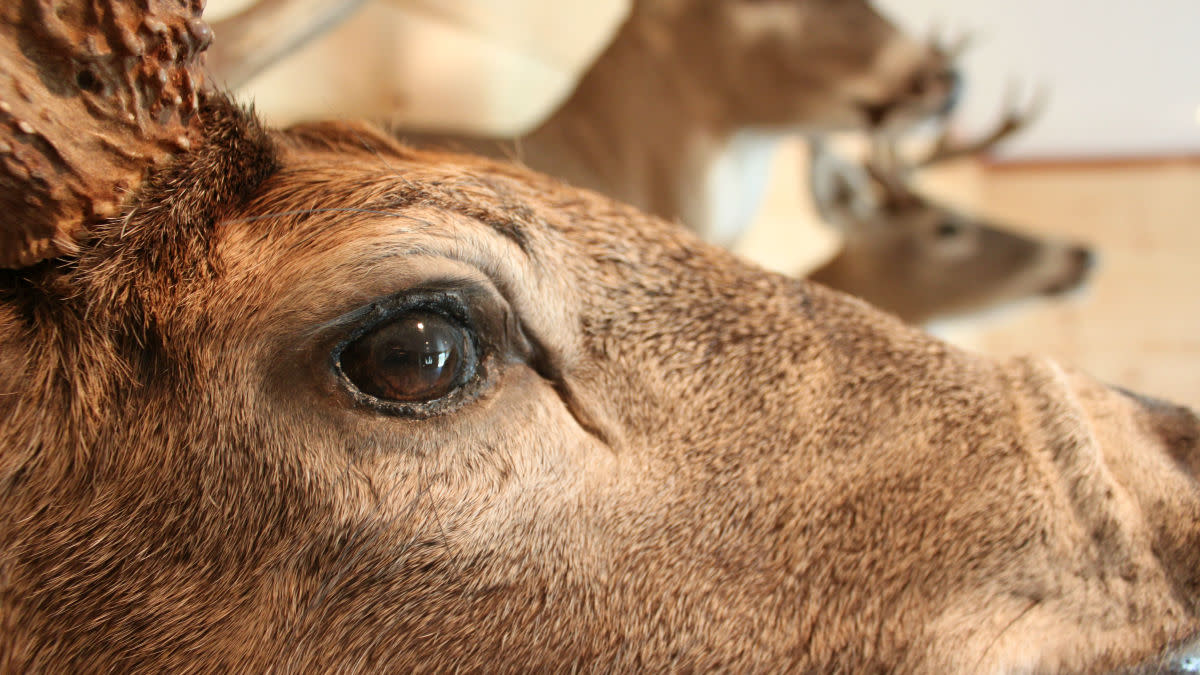
Taxidermists are like referees. When they do their job well, you hardly notice them. But when the job is done poorly, it commands attention in a bad way.
In many cases, exceptional taxidermy contains details that the average person won’t pick up on. I reached out to some taxidermists to ask what they look for when judging a peer’s work, and here’s what they said customers should be keen to.
Eyes
Eye shape and placement is critical, and it’s often the first area someone’s own eyes go when looking at a mount (after antlers, of course).
“Incorrect eye shapes and sizes can make a deer look scared, mad, confused, surprised, etc.,” said Matt Gonsor, owner of Missouri Valley Taxidermy. “This is one of the most visible things on your mount that doesn’t come directly off of your animal. Taxidermists have to buy eyes from dealers, and you can usually tell who spends extra money on eyes and who doesn’t.”
The best eyes will look relaxed and have a blending of brown and black colors while still being bright. It’s also worth checking out tear ducts, which should have definition instead of being flat.
Ears
Ears should look crisp, without wrinkles or loose skin. While I don’t normally recommend touching another man’s taxidermy, fondling a deer’s ears is the best way to get an idea of quality work. When done incorrectly, the taxidermist often chooses the wrong size for the ear inserts.
“Ears should feel firm all the way to the tip,” said Josh Neuharth, owner of Western Wildlife Creations. “This can be one of the hardest things to nail for a taxidermist. Skinning out this portion of the deer and placing it on the mount is a delicate process, and one that’s regularly screwed up.”
Nose
Often at eye-level, the muzzle of a deer is critical to get right. The nose pad should be a shade of dark brown, dark gray, or light black with a slight gradient. It should have a naturally wet look but stop short of shining.
“A deer’s nose should never be charcoal black, even though that’s how a lot of taxidermists present them,” Gonsor said.
Customers should also look at the nostrils, which you shouldn’t be able to see all the way into. Ideally, the nostril cavity will extend deep into the deer’s muzzle and be a shade of gray, brown, or pink.
Next time you’re shopping around to get your trophy mounted, look for these three things on a taxidermist’s website or in their showroom to guarantee a job well done. It can be the difference between someone appreciating your antlers and wondering why you let an amateur handle your deer.





